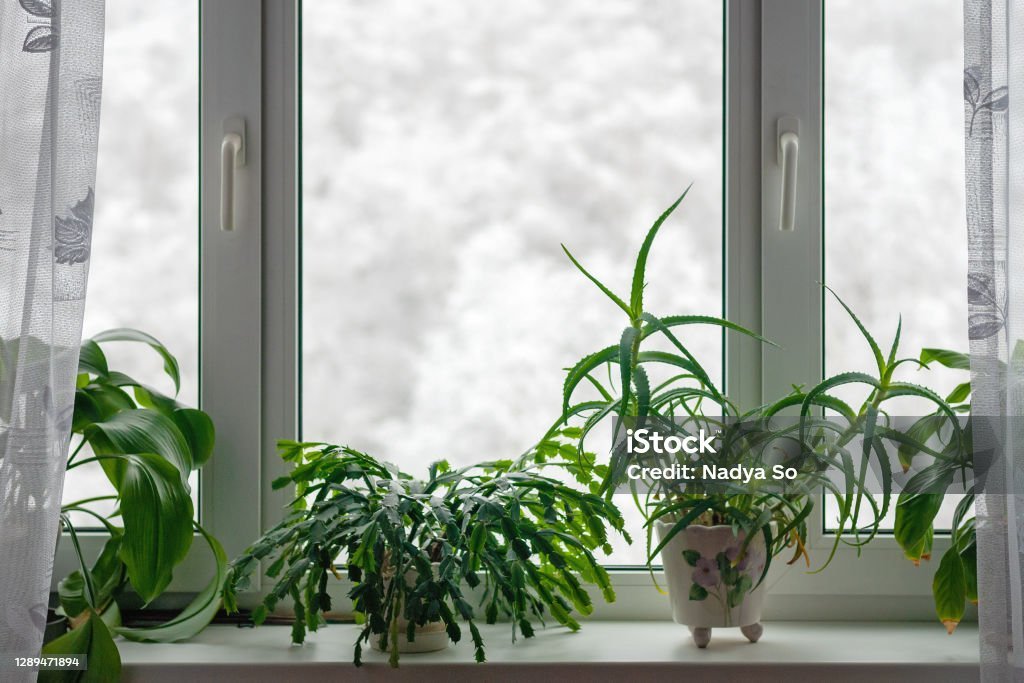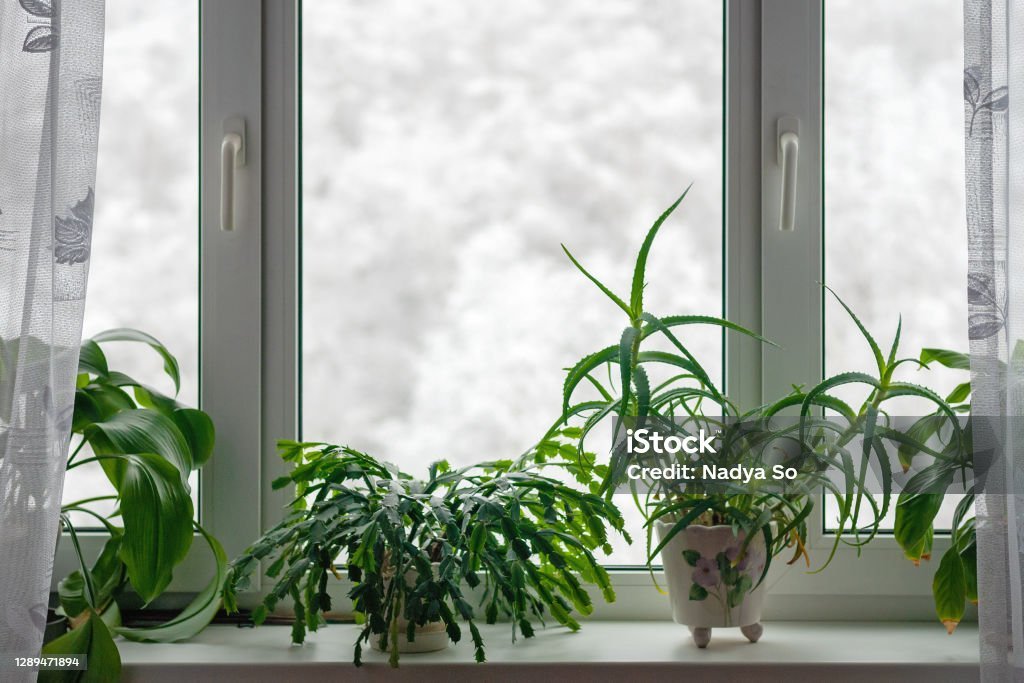
Taking care of indoor plants during the winter requires some adjustments to accommodate the lower light levels and drier air typical of the season. Here are some tips to help your indoor plants thrive during the winter:
1.Monitor Light Levels: In the seasson of Winter day’s are shorter . In this time we got a little sunlight and often covered with clouds. Make sure your houseplants are getting enough light during this time. In this time some plants can adjust to the seasonal change in their current spot, while others might need to be moved closer to their light source, the window, to receive more light. A good spot is a south- or west-facing window that remains sunny all day. If they’re on the floor, consider placing them on a plant stand to get them closer to natural light. Rotate pots a quarter turn each week to ensure all sides of your plants get sunlight from time to time. You can also consider adding supplemental lighting to your space with a grow light.
2.Adjust Watering: Plants typically need less water during the winter because they’re not actively growing as much. Plants need water when they are actively growing in spring and summer. Over watering can lead to root rot. Remember that different plants have different water needs—drought-tolerant cacti and other succulents might not need watering at all, while some tropicals might still require more regular watering. Stick with only watering when the top two inches of soil feel dry. They may not need watering for weeks. Check the soil moisture before watering and water only when the top inch or so of soil is dry. Do not use cold water to water your houseplants.
3. Increase Humidity: Indoor heating can lead to dry air, which many indoor plants don’t appreciate. Increase humidity by using a humidifier, grouping plants together, placing a tray of water and pebbles beneath plants, or misting them regularly. This helps prevent leaf tips from drying out and promotes healthier growth.
4. Avoid Cold Drafts: Keep your plants away from cold drafts, such as those from drafty windows or doors. Sudden drops in temperature can stress plants and make them more susceptible to pests and diseases.
5.Reduce Fertilization: Most houseplants rest in the winter, so they don’t need as much fertilizer. Reduce fertilization or stop altogether during this time to avoid stimulating growth when the plant isn’t actively growing.
6. Consider Artificial Lighting: If natural light is limited, consider supplementing with artificial grow lights to provide your plants with the light they need to thrive during the winter months.
7. Monitor for Pests: Pests like spider mites and mealybugs can become more of a problem indoors during the winter. Keep an eye out for any signs of pest infestations, such as webbing or sticky residue on leaves. If you find any pests, try wiping them off with your fingers or an alcohol-soaked cotton ball. For large infestations, insecticidal soap and neem oil are safer options for getting rid of houseplant pests.

